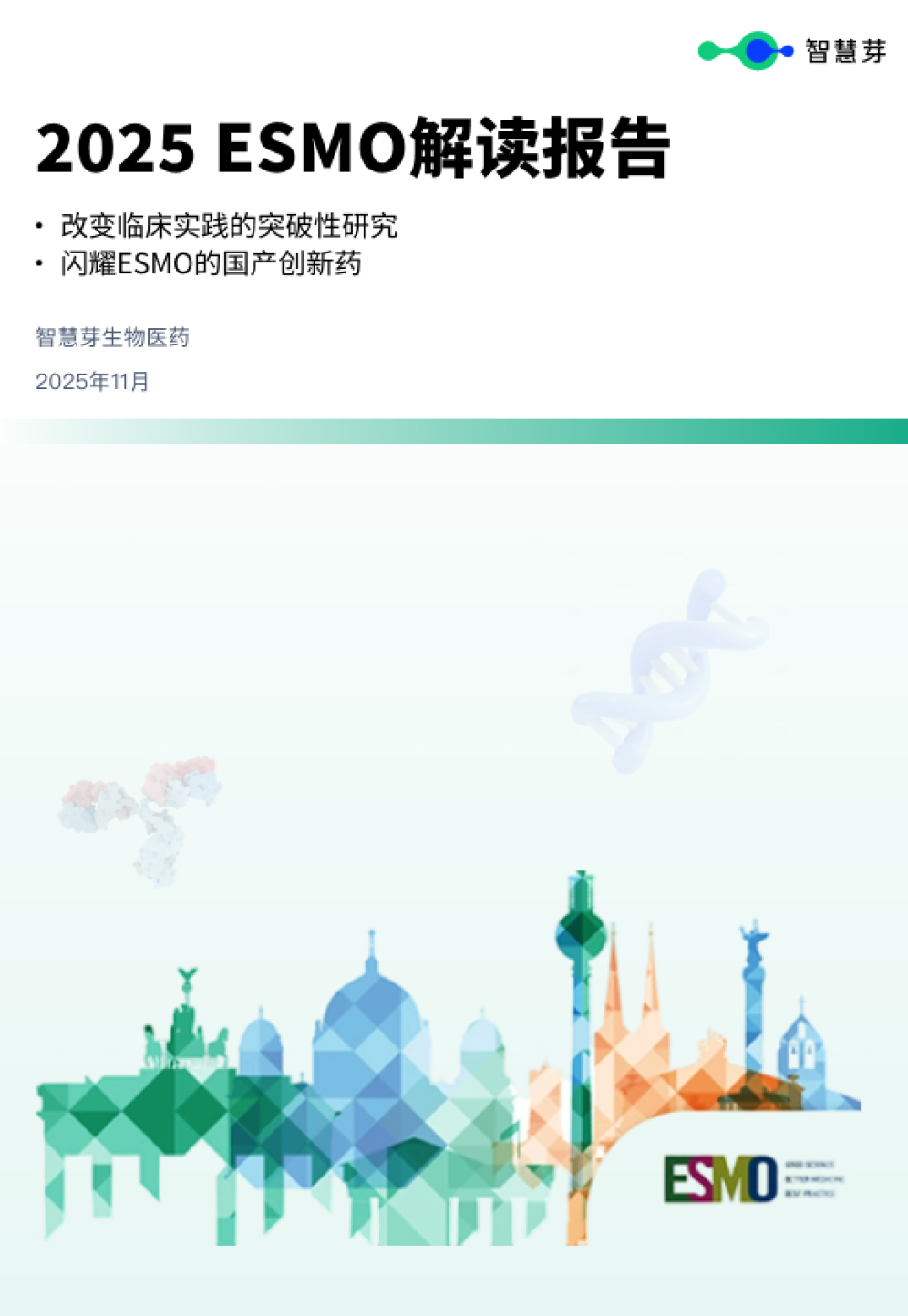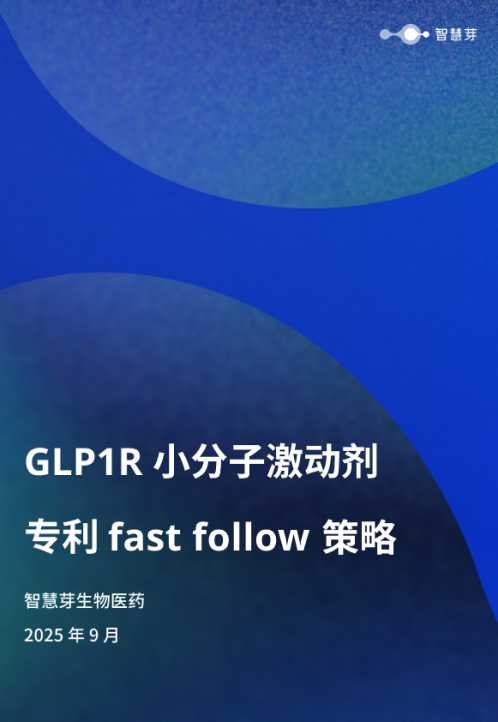预约演示
ASH: J&J, Sanofi square off in newly diagnosed multiple myeloma, with one med showing 'unprecedented' efficacy
2023-12-12
临床结果临床3期临床2期ASH会议
Sanofi's Sarclisa aims to compete with Johnson & Johnson's Darzalex in newly diagnosed multiple myeloma.
Sanofir dSarclisa-off between the two aJohnson & Johnson myDarzalexugs—Johnson & Johnsomultiple myeloma Sanofi’s Sarclisa—took place at the 65th American Society of Hematology meeting. Both regimens showed strong efficacy data in newly diagnosed patients, but only one result is considered practice-changing right now.
For J&J, a combination of the subcutananti-CD38 multiple myeloma drugsdJohnson & Johnsonen Darzalexthe rSanofi prSarclisan or death by a whopping 58% compared with VRd alone in first-line multiple myeloma patients who were eligible for stem cell transplant, according to data from the phase 3 Perseus trial. VRd consists of Takeda’s Velcade, Bristol Myers Squibb’s Revlimid and the steroid dexamethasone.
AfteJ&J median follow-up of 47.5 months, anDarzalex Faspro% of patients in the Darzalex arm were alive without disease worsening at the four-year mark, versus 67.7% in the control arm.multiple myelomaTakedaVelcadeBristol Myers SquibbRevlimiddexamethasone
Such a magnitude of progression-free survival (PFS) benefit is “unprecedented,”DarzalexSonneveld, M.D., Ph.D., from the Erasmus MC Cancer Institute in the Netherlands, who led the Perseus study, said during a press briefing. For doctors who were still holding out after a previous positive phase 2 readout, Perseus offers very important confirmatory data and “changes their practice,” Surbhi Sidana, M.D., from Stanford University, who moderated the press event, added.
Sidana was referring to the phase 2 Griffin trial. Back at ASH 2021, that study linked Darzalex-VRd to a similar 54% PFSErasmus MC Cancer InstituteCancer alone after a median follow-up of 38.6 months, although the trial was only powered to show statistical significance on tumor clearance. As Sidana noted, many academic myeloma doctors have already adopted the Darzalex-VRd regimen in practice following the Griffin readout.Stanford University
An analysis on overall survival is “a long way” away, Sonneveld said when asked if doctDarzalexld wait until that readout. An analysis of median PFS itself is estimated to be as far away as 8 to 10 years, he noted.tumormyelomaDarzalex-VRd
“If we wait for overall survival data, we deny an effective treatment to a lot of patients,” he said.
But one question remains for the Darzalex combo. Though not likely to affect Darzalex’s approvability, it could significantly impact how long doctors end up using the J&J drug, and hence sales.
After giving the full combo for sDarzalexs during treatment induction and conDarzalexon, the regimen calls for Darzalex and Revlimid during the maintenance phase for at least two years, or 26 more cycles. It allows patients to discontinue Darzalex only after that time and if the patient has been in a state of deep myeloma cell clearance in the bone marrow, known as minimal residual disease negativity, for at least a year.
As Sidana pointed out, the phase 3 Cassiopeia trial previously showed that continuing Darzalex treatment duringDarzalexntenaRevlimide was no better than simple observation at fending off disease progression in first-line patients who alreaDarzalexved a partial response or better after consolidation. Compared with Pmyeloma Cassiopeia used thalidomide instead of Velcade. Both agents are immunomodulators, and thalidomide is viewed as inferior to Velcade. If Cassiopeia’s finding is translatable to Perseus, many patients simply wouldn’t need the long Darzalex maintenance treatment.
“I think you cannot compare those two trials,” Sonneveld said. “Moreover, I think thatDarzalex in Perseus trial that [Darzalex] from the start keeps improving the depth of response. MRD negativity keeps improving.”PerseusthalidomideVelcadethalidomideVelcadePerseusDarzalex
Sarclisa’s rivaling readoutDarzalex
Before Tuesday’s Darzalex presentation, investigators also shared positive results for a phase 3 trial of Sanofi’s Sarclisa in newly diagnosed, transplant-eligible multiple myeloma at an ASH plenary session.
A combination of Darzalex, Amgen’s Kyprolis, Revlimid and dexamethasone (KRd) helped significant more patiSanofichiSarclisanegativity, compared with KRd alone. Bothmultiple myelomarolis are proteasome inhibitors. Kyprolis is newer, and a phase 3 head-to-head trial called Endeavor previously showed that Kd was better than Vd at extending the lives of patients with relapsed or refractory multiple myeloma.
In the phase 3 IsSarclisal,Amgenof Kyprolis wRevlimidarclidexamethasoned MRD negativity after consolidation when measured at a sensitivity of 10-5, versus 67% for KRVelcade. TheKyprolisa groproteasome inhibitorsproteasome7% higher chaKyprolischieving that status.relapsed or refractory multiple myeloma
When measured at an even higher sensitivity of 10-6, the respective rates were 67% versus 48%, respectively.Sarclisa
Sarclisa’s advantage showed after induction therapy and was maintained through to consolidation. Investigators are now following patients to see whether that MRD negativity can sustain past one year, with those data expected next year.
The Sarclisa-KRd combo’s MRD efficacy looked not so different from the Darzalex-VRd regimen, even though KRd alone appeared superior to VRd. In Perseus, 75.2% of patients on the Darzalex combo achieved MRD negativity rate at any time as measured by 10-5 sensitivity, versus 47.5% for VRd. At a higher sensitivity, the rates were 65.1% and 32.2%, respectively.
The Sanofi data are encouraging. But as Francesca Gay, M.D., Ph.D., from the University of Torino, pointed out during her IsKia presentation, MRD is not yet considered an optimal endpoint that’s accepted by regulators.
ReseSanofis are working to build a more robust link between MRD negativity anUniversity of Torinotherapies become increasingly effective, it would take longer trials for newer multiple myeloma agents to prove themselves on the PFS endpoint in first-line myeloma, Peter Voorhees, M.D., from Atrium Health, noted during his introduction of the IsKia data at ASH.
Voorhees raised a hypothetical phase 3 trial that pits a bispecific antibody against VRd’s combo with either Darzalex or Sarclisa in first-line transplant-eligible patients. To be statimyelomay powered to show a PFS benefit, the trial would need to enrolmyelomathan 1,700 patients, would taAtrium Healthr and a half years to accrue and nine-and-a-half years to reach the final PFS analysis.
MRD has emerged as a powerful tool for measuring response in multiple myeloma and could potentially become a surrogate endpoint, he said, pointing to past pooled analyses associating MRD negativity to better PFS. During his Perseus presentation, Sonneveld also said that MRD negativity “really represents a deep state of responsiveness.”
Toward that end, the International Independent Team for Endpomultiple myelomaMyeloma MRD (I2TEAMM) initiative is collecting data from clinical trials to validate MRD as a surrogate endpoint to ultimately make it an endpoint for drug approval.
更多内容,请访问原始网站
文中所述内容并不反映新药情报库及其所属公司任何意见及观点,如有版权侵扰或错误之处,请及时联系我们,我们会在24小时内配合处理。
生物医药百科问答
全新生物医药AI Agent 覆盖科研全链路,让突破性发现快人一步
立即开始免费试用!
智慧芽新药情报库是智慧芽专为生命科学人士构建的基于AI的创新药情报平台,助您全方位提升您的研发与决策效率。
立即开始数据试用!
智慧芽新药库数据也通过智慧芽数据服务平台,以API或者数据包形式对外开放,助您更加充分利用智慧芽新药情报信息。





